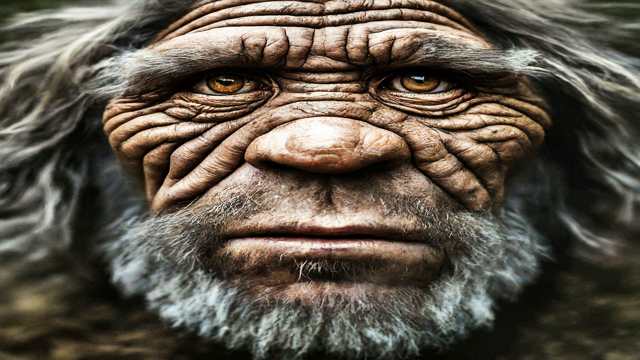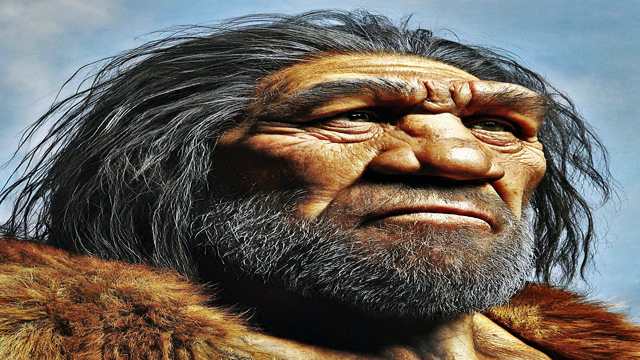The story of human evolution is a complex tapestry woven with the threads of various hominid species, including our closest relatives, the Neanderthals. Recent research has shed light on how and when these two species interbred, revealing fascinating insights into our shared genetic heritage.
The Timeline of Interbreeding
Neanderthals, who lived in Europe and parts of Asia, existed alongside early modern humans (Homo sapiens) for thousands of years. The timeline of their coexistence is crucial to understanding interbreeding. Neanderthals first appeared around 400,000 years ago and thrived until approximately 40,000 years ago, when they went extinct. Early modern humans began migrating out of Africa around 60,000 years ago, and it is during this period that interbreeding likely occurred.
Genetic evidence suggests that interbreeding between Neanderthals and modern humans happened at least three times. The most significant interactions occurred when Homo sapiens migrated into Europe and Asia, where they encountered Neanderthal populations. This contact led to the exchange of genetic material, which has been traced in the DNA of non-African modern humans today.
How Did Interbreeding Occur?
The interbreeding between humans and Neanderthals was likely a result of both social and environmental factors. As early modern humans migrated into regions inhabited by Neanderthals, they would have encountered these hominids in various contexts—whether through competition for resources, shared living spaces, or even social interactions.

Research indicates that the interbreeding events were not isolated incidents but rather part of a broader pattern of interaction. The genetic legacy of these encounters is evident today, as approximately 1-2% of the DNA of non-African modern humans is derived from Neanderthals. This genetic contribution has implications for various traits, including immune response and skin pigmentation.
The Genetic Impact of Interbreeding
The genetic exchange between Neanderthals and modern humans has had lasting effects on our biology. Studies have shown that certain Neanderthal genes are associated with traits such as hair and skin color, as well as susceptibility to certain diseases. For instance, some genes inherited from Neanderthals may influence how our immune systems respond to pathogens, providing a potential evolutionary advantage.
However, not all Neanderthal genes have been beneficial. Some studies suggest that certain Neanderthal variants may be linked to increased risks of conditions like depression and autoimmune diseases. This complex interplay of genetics highlights the dual nature of our shared ancestry—while some traits may confer advantages, others may pose challenges.
The Cultural Exchange
Beyond genetics, the interactions between Neanderthals and modern humans likely included cultural exchanges as well. Evidence suggests that both species shared tools, hunting techniques, and possibly even social practices. This cultural blending could have enriched the survival strategies of both groups, allowing them to adapt to changing environments.
Archaeological findings, such as shared tool technologies and evidence of cooperative hunting, indicate that Neanderthals were not merely primitive beings but had complex social structures and cognitive abilities. This challenges the long-held perception of Neanderthals as brutish and unintelligent, revealing a more nuanced understanding of their capabilities.
Conclusion
The interbreeding between humans and Neanderthals is a remarkable chapter in our evolutionary history. It illustrates the intricate relationships that shaped our species and highlights the importance of genetic diversity in human evolution. As researchers continue to explore the genetic legacy of Neanderthals, we gain deeper insights into our own biology and the shared history that connects us to these ancient relatives.
Understanding how and when humans and Neanderthals interbred not only enriches our knowledge of human evolution but also emphasizes the interconnectedness of all hominid species. As we delve further into our genetic past, we uncover the stories that have shaped who we are today, reminding us that our history is a shared journey through time.

